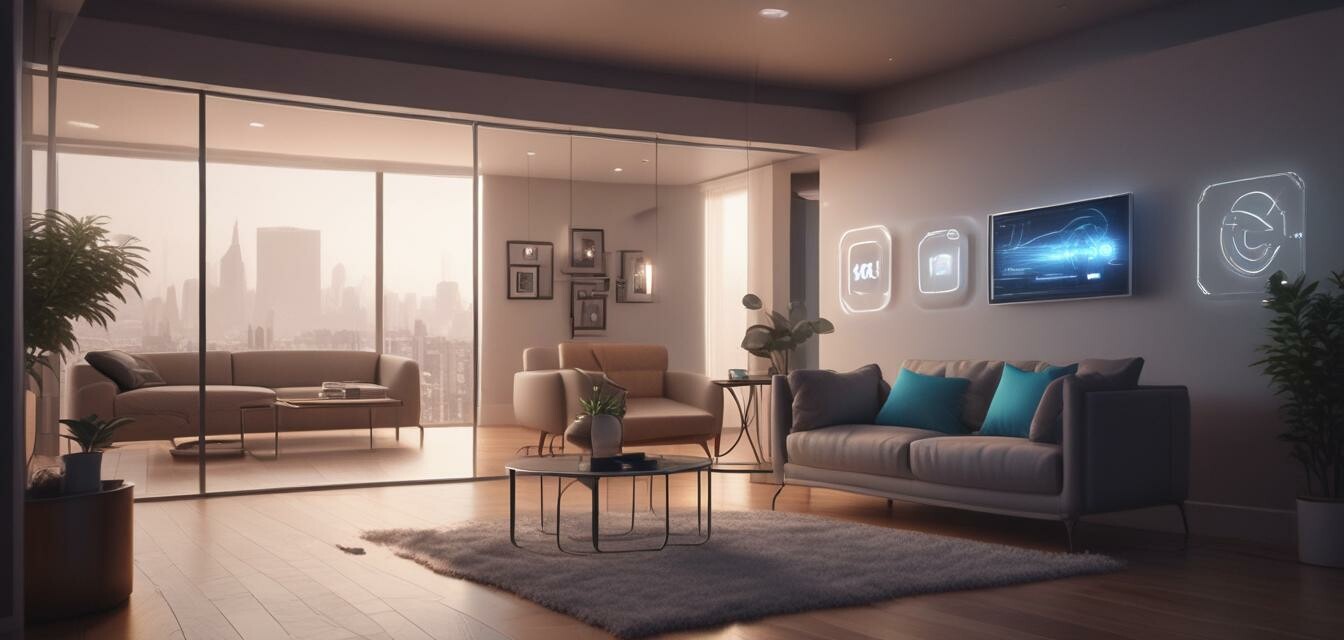
How to Create a Smart Home on a Budget
Key Takeaways
- Start with essential devices for security and convenience.
- Explore DIY options to save money.
- Utilize deals, bundles, and phased upgrades for efficiency.
- Make the most of voice assistants and automation features.
- Focus on energy-efficient products to reduce overall costs.
Building a smart home doesn't need to be an overwhelming endeavor nor a heavy financial burden. With a few strategic choices, you can enhance your living space with smart technology that adds both convenience and efficiency. This guide will share practical tips on creating a smart home on a budget while ensuring you get the best value for your money.
1. Identify Your Priorities
Before diving into the world of smart devices, consider what aspects of your life would benefit most from automation. Are you looking to improve security, enhance convenience, or save on energy costs? Prioritizing your needs will help you focus on essential gadgets rather than splurging on unnecessary items.
Essential Gadgets to Consider
- Smart lighting for energy efficiency and ambiance.
- Smart plugs to control existing devices remotely.
- Smart thermostats to optimize heating and cooling.
- Security cameras and smart locks for enhanced safety.
- Voice-controlled assistants for seamless operation.
2. Choose Affordable Devices
While premium smart home products may have advanced features, there are many budget-friendly alternatives. Research different brands and models, and read reviews to find the best cost-effective options. Look for sales, discounts, or refurbished devices that carry manufacturer warranties.
Cost-Effective Smart Home Brands
| Device Type | Budget Brand | Average Price Range |
|---|---|---|
| Smart Lighting | TP-Link | $15 - $35 |
| Smart Plugs | Wemo | $10 - $25 |
| Smart Thermostats | Ecobee | $100 - $200 |
| Security Cameras | Wyze | $25 - $50 |
3. Embrace DIY Solutions
Many smart home systems offer DIY installation, allowing you to save on professional fees. By leveraging online tutorials and forums, you can easily install devices yourself. Additionally, consider using open-source platforms or affordable microcontrollers for custom solutions.
Popular DIY Projects
- Automate your garden with smart irrigation controllers.
- Create a smart mirror that displays information like weather and reminders.
- Build a homemade smart security system using Raspberry Pi.
- Set up a simple home automation hub with affordable sensors and switches.
4. Shop for Bundles and Promotions
Many manufacturers offer bundle deals that can save you money when purchasing multiple smart devices. Keep an eye out for seasonal promotions and special sales events, such as Black Friday or Cyber Monday, to maximize savings.
Where to Find Deals
- Online retailers such as Amazon and Best Buy.
- Home improvement stores like Home Depot.
- Technology discount sites and coupon offers.
- Manufacturer websites for exclusive deals.
5. Implement Phased Upgrades
Instead of purchasing a complete smart home system all at once, consider implementing phased upgrades. This method will allow you to spread out costs and learn how to use each device effectively before moving on to the next. Start with the essentials and gradually add more devices based on your needs and budget.
Suggested Upgrade Order
- Smart lighting
- Smart plugs
- Smart thermostat
- Security devices
- Voice-controlled assistant
6. Maximize the Benefits of Automation
Once you begin integrating smart devices into your home, take full advantage of their automation features. Most devices can be controlled via smartphone apps or through voice commands, allowing for easy management of your home's environment.
Utilizing Automation
- Create routines for lights to turn on/off at specific times.
- Use the app to control thermostat settings remotely.
- Set your security cameras to send alerts when motion is detected.
- Incorporate energy monitoring to track usage and adjust accordingly.
7. Focus on Energy Efficiency
Investing in energy-efficient smart devices can significantly reduce your utility bills over time, offsetting their initial costs. Smart thermostats and lighting solutions are excellent options for improving overall energy efficiency.
Energy Saving Strategies
- Schedule heating/cooling based on your routine.
- Use smart light sensors in rooms to save energy.
- Monitor energy consumption through apps to identify high-usage areas.
Conclusion
Creating a smart home on a budget is entirely feasible with thoughtful planning and careful selection of devices. By prioritizing your needs, choosing affordable options, and embracing DIY solutions, you can enjoy a more convenient and efficient living space without breaking the bank. Be sure to explore our Smart Home Decor Buying Guides for more tips, and start your journey towards a smarter home today!